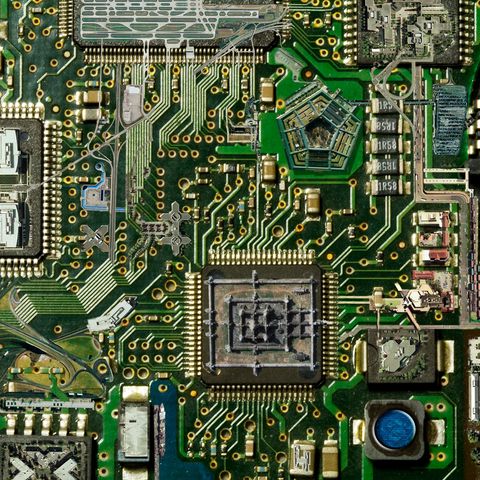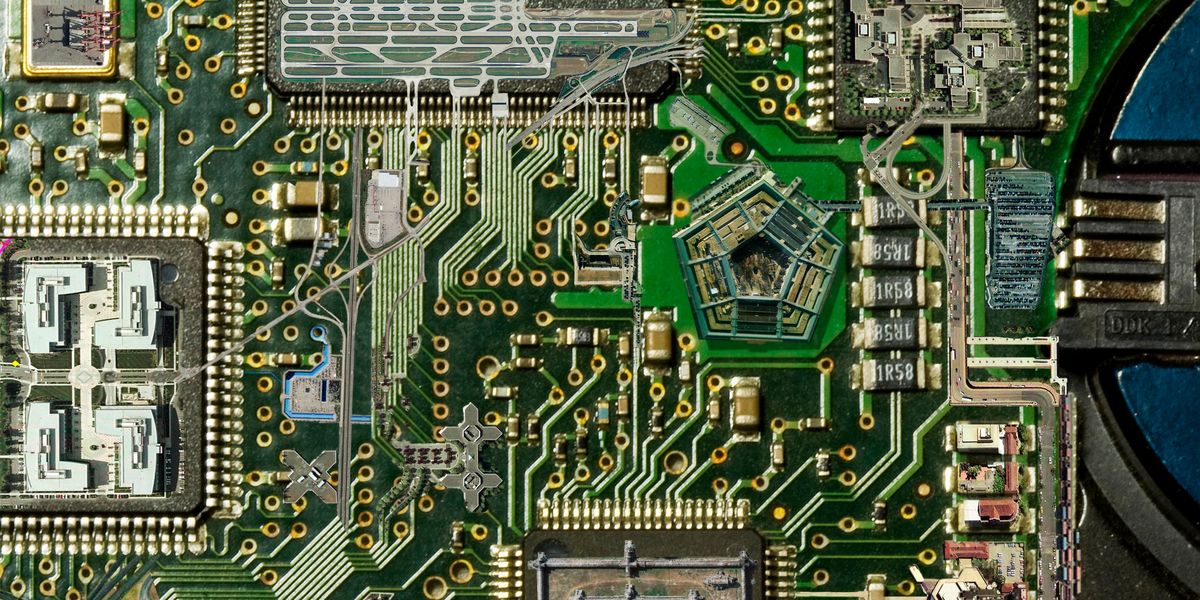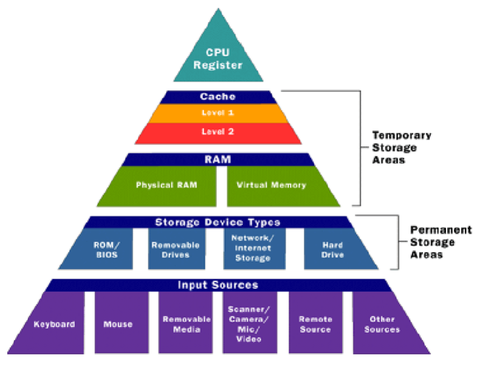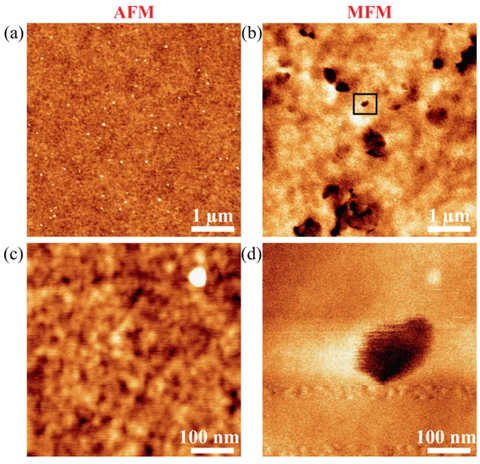
Brandon GoldmanGetty Images
- Researchers at New York University have come up with a new format of digital memory that could usher in a class of smaller, more powerful devices.
- The process relies on tiny, magnetic structures called skyrmions.
- The scientists published their results in the journal Scientific Reports.
In a bid to create smaller, more powerful computers and smartphones, researchers at New York University have come up with a new digital data storage technique they’ve dubbed “racetrack memory.”
The technique, which reconfigures magnetic fields in new ways, “could supplant current methods of mass data storage, such as flash memory and disk drives, due to its improved density of information storage, faster operation, and lower energy use,” lead study author Yassine Quessab, a postdoctoral fellow at NYU’s Center for Quantum Phenomena, said in a prepared statement. (You can find the new study in the journal Scientific Reports.)
There are two primary forms of computer memory: flash memory and disk drives, also known as hard drives. Flash memory is a way to store crucial files on a physical device that is separate from your computer, like flash drives, memory cards, and two-terabyte expansion drives for Xbox.
Because these units don’t have any moving parts, they’re known as solid state storage devices. This method is fast and quiet, but it’s not used for everything because hard drives are cheaper and have a higher capacity.
A hard drive, meanwhile, is what’s humming away in your laptop. Platters, the rotating discs in a hard drive, are the pieces of hardware that actually store your data on their circular surfaces in chunks of 1s and 0s.
The platters are usually ceramic, glass, or aluminum and work like a record player. Centered on a spindle, the platters rotate, and an electronic current reads and writes data onto their surfaces. Electronic components power the whole operation.
Although computer memory technically consists of any form of electronic storage, we’re usually referring to flash memory. After all, if your computer had to reach back into the hard drive for every bit of information, it would be painfully slow.
To shake up that paradigm, the NYU researchers set out to create an all-new format of digital memory. Essentially, they’ve reversed the normal technique that computers use to write data onto the hard drive platters.
While today’s hard drives use a motor to move a spindle across the platters, reading and writing data, racetrack memory does the opposite: The material stays in place as the data, itself, moves across the substrate—no mechanical parts required.
Here’s how it works: A tiny magnetic quasiparticle, called a skyrmion, carries the data. External stimuli, like the pulse of a current, can move the skyrmions, which spin as if curled up in a ball. The resulting balls of skyrmions represent pieces of data, and the computer can move them quickly in sync with electrical pulses.
Because skyrmions are small, move at high speed, and require little energy, it makes the computing process faster and more energy efficient, while also storing more data in a given amount of space than other techniques can.
Still, the process isn’t flawless.
“We found that small skyrmions are only stable in very specific material environments, so identifying the ideal materials that can host skyrmions and the circumstances under which they are created is a first priority for making the technology applicable,” Andrew Kent, one of the authors, said in the statement. “This has been the focus of our research thus far.”
The team has identified magnetic materials with small electric fields, known as ferrimagnets, as the best option. But it will take additional research to make the skyrmion technology commercially viable, and it’ll take even longer for manufacturers like Apple or Asus to hop on board.
So in the meantime, splurge on some additional RAM storage or an external hard drive if your computer wheezes every time you boot it up. You’ll thank us later.








More Stories
Playing Chess Against A Computer Vs Playing Chess Against Humans
The Information Technology Era
The Main Functions of Computer Memory